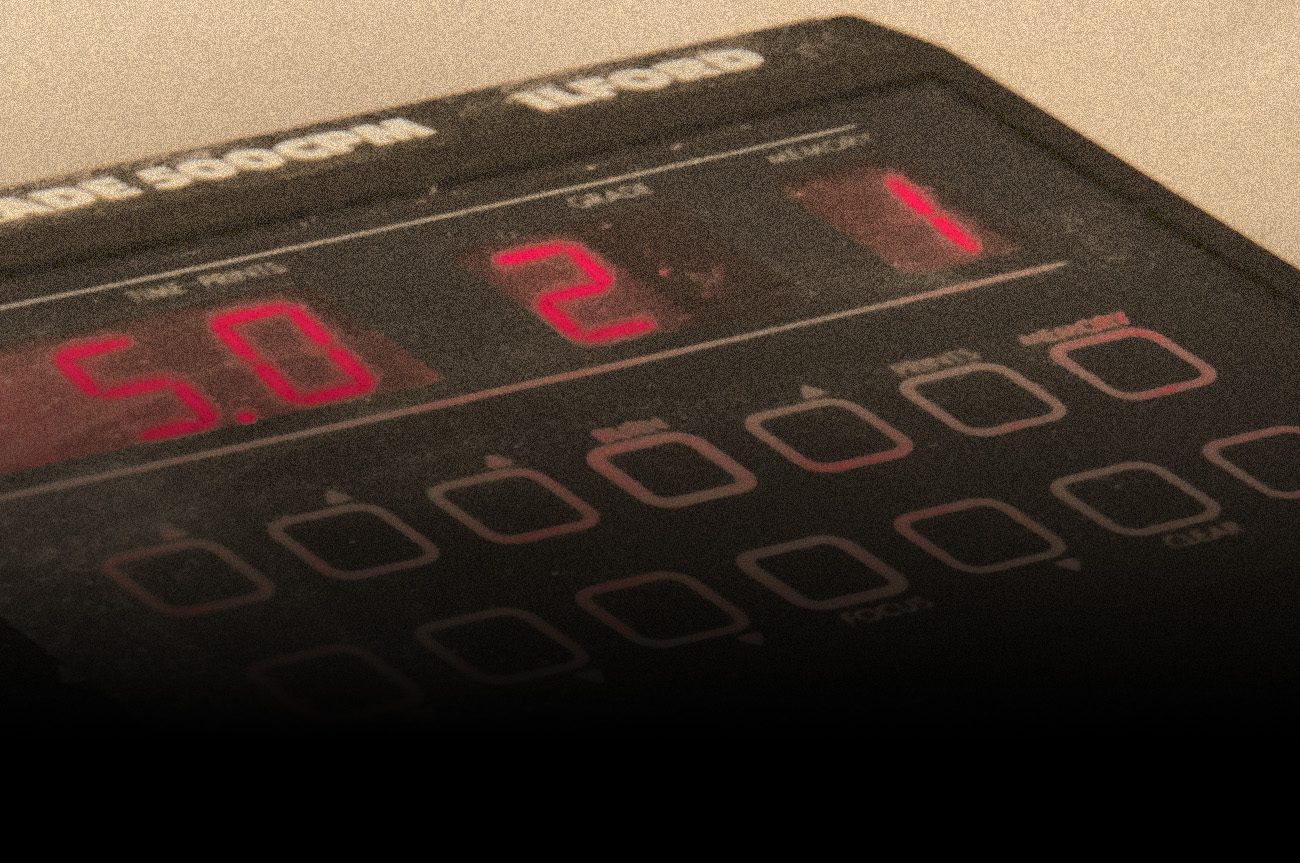This is a technique that I seldom use and involves giving the paper a low level of fogging exposure before you put the negative in the enlarger. Without great care prints lose all their punch from the low contrast that results from the pre-flash exposure. However, the technique is useful when other methods have failed to give detail in the brightest (highlight) areas in the print. In practice, it is quite simple to use.
- Remove the negative from the negative carrier of the enlarger.
- Close the enlarger lens down to f16.
- Put a strip of paper under the enlarger having marked the times you will be giving each step in waterproof / Chinagraph pencil – you will not see density for most steps so this is essential!
- Make some test exposures and process them to determine the exposure at which density is just visible; make a note of this time since it is too long to use in practice!
- Use one of the exposure times that was one or two steps shorter than this and so did not give any density.
- Use a magnifying glass if you are unsure whether any density has been produced. Now we are ready to make a print using pre-flash.
- Expose your sheet of paper to the pre-flash that you have decided to use.
- Put the negative back into the carrier.
- Make the main exposure for the image, previously worked out.
- Process the print and decide what needs changing (main exposure, dodging and burning, etc.) in order to finish the print.
- Increase the contrast by at least 1 to 2 grades.
- Repeat the process making whatever changes you have decided to do. You should now be getting close to the result that you want.
- Check the contrast and refine any dodging and burning to finish.
- If you are unable to put enough contrast into the final print it is probably because you are using too much pre-flash.
As a general rule avoid the use of pre-flash with split grade printing. This usually produces low contrast prints.





